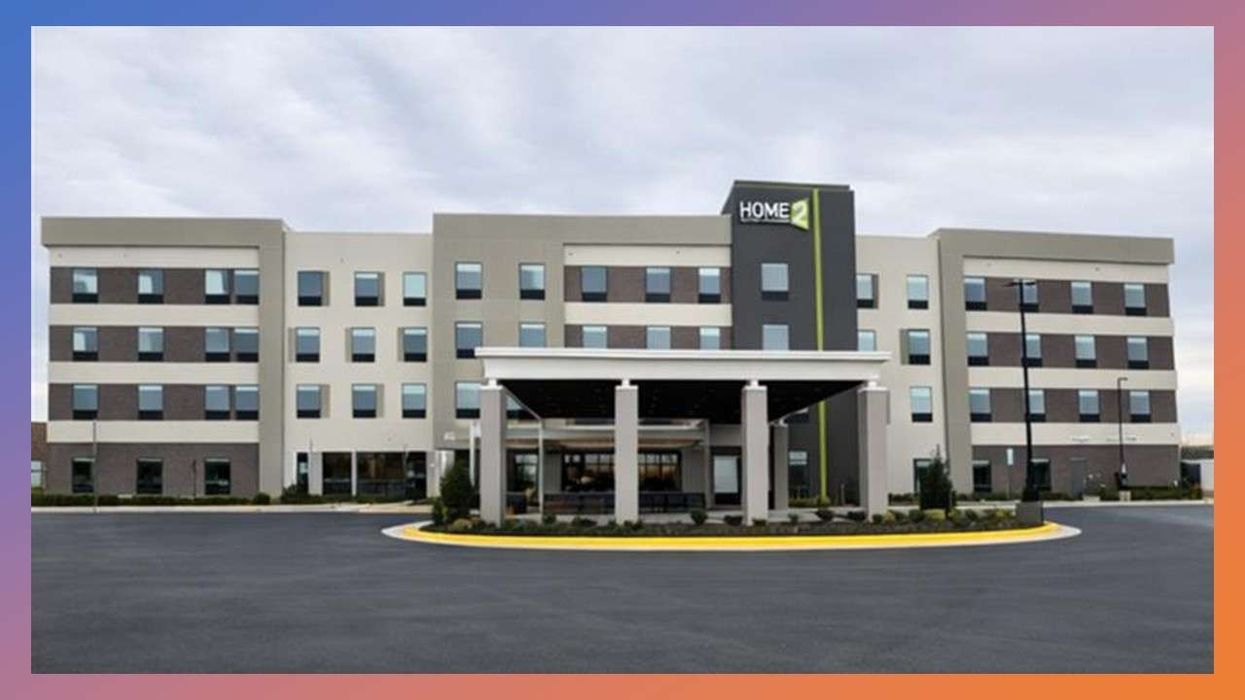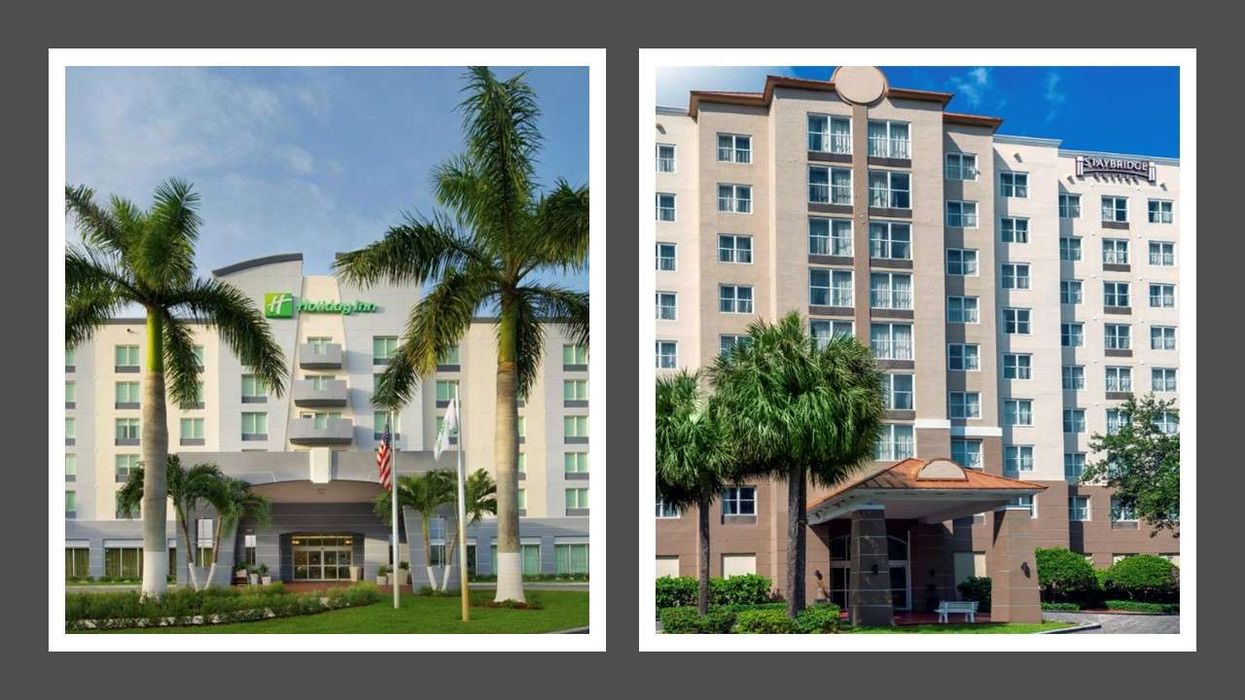Summary:
- U.S. hotel performance showed varied results for the week ending Aug. 30.
- Houston led declines in occupancy and RevPAR.
- Las Vegas had the biggest ADR drop; St. Louis the largest occupancy gain.
U.S. HOTEL PERFORMANCE was mixed for the week ending Aug. 30, with occupancy and RevPAR down from the prior week and ADR edging higher, according to CoStar. Year over year, both ADR and RevPAR increased.
Occupancy dropped to 63.4 percent for the week ending Aug. 30, down from 65.4 percent the previous week and 0.8 points lower year over year. ADR rose slightly to $155.87 from $155.09, 1 percent above the same week in 2024. RevPAR fell to $98.88 from $101.38 but remained 0.2 percent higher year over year.
Among the top 25 markets, Houston saw the steepest declines in occupancy and RevPAR, with occupancy down 12 percent to 56.3 percent and RevPAR down 16.7 percent to $63.48. The pullback followed elevated displacement demand after Hurricane Beryl in 2024.
Las Vegas posted the largest ADR decline, down 6.8 percent to $184.28, while St. Louis recorded the biggest occupancy gain, up 6.9 percent to 60.7 percent.













